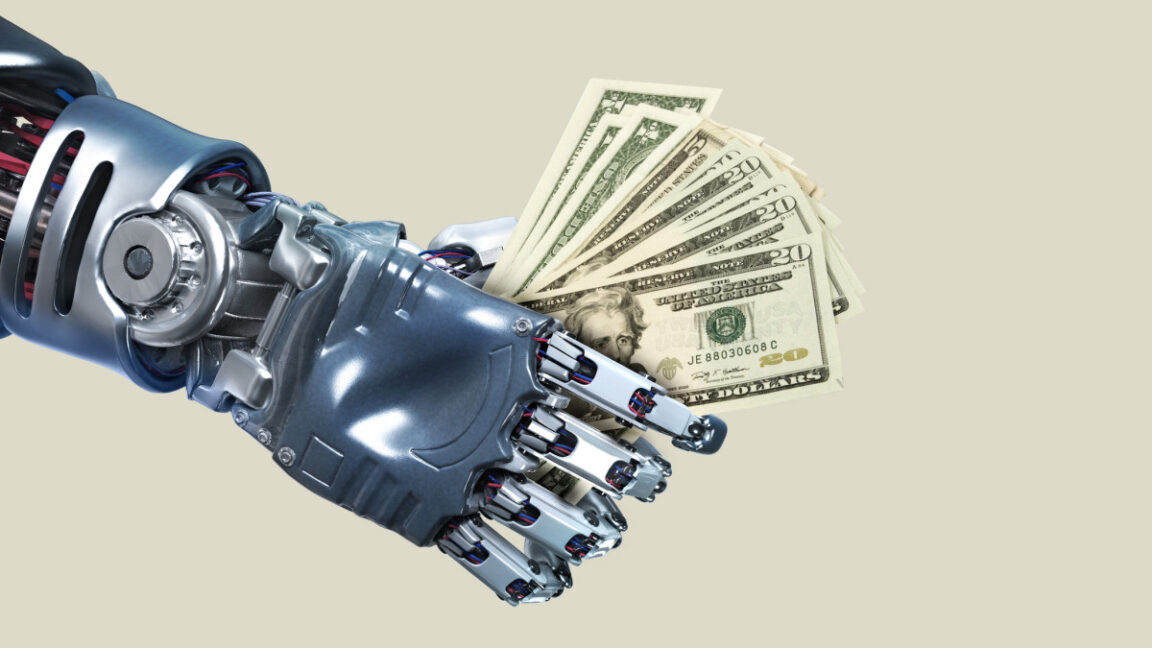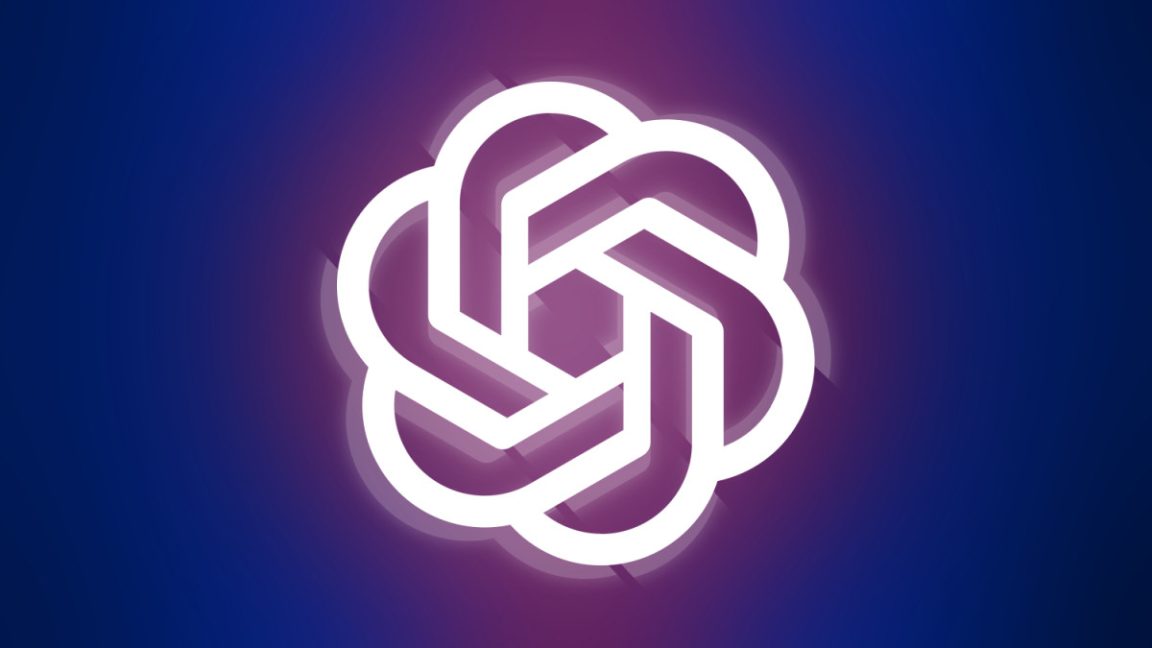OpenAI Introduces GPT-5: A New Era of AI

OpenAI has made a splash with the release of GPT-5 and its three variants: GPT-5 Pro, GPT-5 mini, and GPT-5 nano. Available to all ChatGPT users, including those on the free tier, this new model family is hailed as OpenAI's most advanced AI system to date.
GPT-5 not only aims to reduce errors and enhance coding abilities but also introduces a thoughtful approach to sensitive requests, implementing what OpenAI calls "safe completions." For the first time, free users can access an AI model that excels in simulated reasoning, designed to tackle complex questions with multiple-step problem-solving.
This latest offering from OpenAI seeks to merge its varied AI functions into a single robust system. The GPT-5 family functions as a "unified system," incorporating a smart adaptive model for general queries, an in-depth reasoning model dubbed "GPT-5 thinking," and an innovative real-time router to choose the best approach based on the conversation's needs.
With its multi-modal capabilities, GPT-5 can interact using images, voice, and text. As part of the rollout, ChatGPT's 700 million weekly active users will see new usage limits depending on their subscription tier. Pro users benefit from unrestricted access, while Plus users enjoy higher limits than free subscribers. Notably, GPT-5 Pro replaces the o3-pro model for Pro subscribers.
Advancements in AI Technology
Since GPT-4's release in 2023, the incremental advancements to GPT-5 might appear modest, yet they bring meaningful improvements to the table. Despite the competitive AI landscape, OpenAI's GPT-5 brand endures, underpinning its strategic market positioning.
With enhanced coding capabilities, GPT-5 scores remarkably high on several industry benchmarks, further highlighting its superior performance in tasks like coding complexity and software interface design. Additionally, GPT-5 continues to lead in health-related queries and mathematical benchmarks without leveraging external tools.
Interface updates accompany the structural upgrades. ChatGPT now offers customization options, varying chat colors, and preset conversation personalities. New integrations with services like Gmail enhance the user experience for Pro subscribers. The voice interaction system also undergoes unification for improved user adaptability.
The transition in OpenAI's response censorship now aims for "safe completions," balancing the need to provide useful answers within secure boundaries. This effort includes reducing overly agreeable responses, refining model responsiveness in line with feedback on user interaction dynamics.
As OpenAI continues to spearhead advancements in AI, GPT-5's introduction marks a pivotal step in enhancing user experience, refining AI outputs, and expanding functional capacities.
Availability and Access
OpenAI introduces API access in three configurations: gpt-5, gpt-5-mini, and gpt-5-nano, each optimizing cost and latency for developers. Tokens for input and output are priced competitively, with options suitable for varying developer needs.
This rollout comes amid intensified competition from giants like Google and Anthropic. OpenAI claims millions of business users and a sizable developer community, cementing its position as a leader in the AI sector.
GPT-5's comprehensive capabilities and cost-effective models reflect OpenAI's commitment to advancing AI technology while making it accessible to a broader audience.



